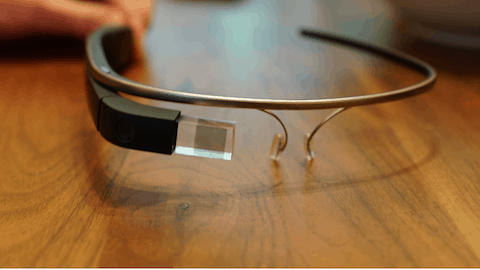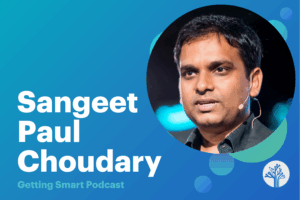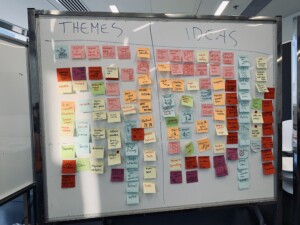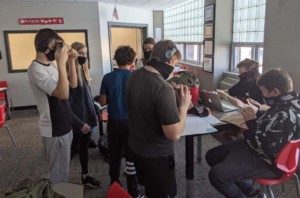How Google Glass Can Help Students Make Better Music

By: Kristen Hicks
This post first appeared on Edcetera.com on November 26, 2013.
There’s little room left to wonder if Google Glass will change higher education. It already has. Several of the earliest Google Glass explorers have been academic faculty eager to apply the new technology to higher education, meaning that even before it’s reached the general market, we’ve been provided a glimpse into some of the ways it can be used in education.
When Cynthia Johnston Turner heard about the Google Glass explorer program, she was quick to envision the ways it could transform her conducting class. She shared some of her visions in the form of a Twitter application to join the program, using the hashtag #IfIHadGlass:
It worked, and she became one of the first people with access to Google Glass.
The students in her conducting class have reaped the benefits of the new technology. “The conducting class is a doing class,” she explained, “so it’s a hands-on, active class.” The ability to see a video of themselves gives students extra insight into what they can improve.
Johnston Turner was able to create videos of students in her class before gaining access to Glass, but the speed and ease with which she’s able to do so now is considerably improved. Instead of the hour it would take to download the videos from her old camera and send them to students, she can now have videos posted to the class’ Google+ group within a few minutes.
In addition, she’s now able to zoom more easily and move throughout the class to make adjustments while recording. This extra freedom of movement means that her students can easily get a glimpse of the effect of the adjustments made during class.
Improving the day-to-day class experience is an important use of the product, but Johnston Turner has bigger ideas about ways Google Glass can aid in conducting and composing. “I’m also interested in how the Internet and digital technology are changing our brains and changing how we think,” she told me.
For one thing, Glass could enable conductors and musicians to forgo music stands and sheet music during a performance. “One of our original ideas before getting Glass was to embed a condensed score within it and conduct rehearsals or concerts from it,” she explains. The size of the screen poses a limitation on that right now, but rather than seeing that as a deterrent, Johnston Turner views it as an opportunity to re-think how music notation works altogether.
When Google presented current explorers the opportunity to recommend the next wave of Glass explorers, Johnston Turner suggested a few of her musical colleagues on campus. With several musicians and composers at Cornell now using Glass, they’re able to tackle collaborative projects.
According to Johnston Turner, one of the other Google Glass explorers, Kevin Ernst, “is in the process of thinking about and writing a piece of music for Glass, so we’ll be reading it from Glass, interacting with Glass and performing it wearing Glass.”
From enabling improvements in the student experience to inspiring new approaches to how conductors and musicians interact, Johnston Turner has made good use of her early access to Google Glass. While the uses of the technology in varying subjects will differ, it’s clear that wearable technology is poised to change what education looks like for many.
Kristen Hicks is an Austin-based copywriter and lifelong student with an insatiable interest in learning and experiencing new things. She turns that interest to researching and exploring innovations and untraditional approaches to education for edCetera.








0 Comments
Leave a Comment
Your email address will not be published. All fields are required.